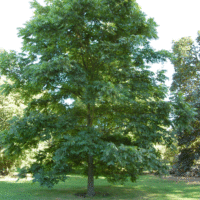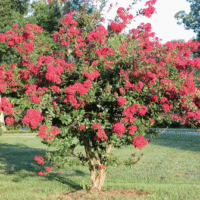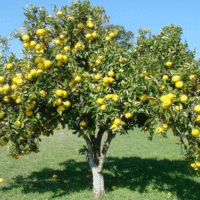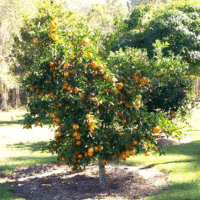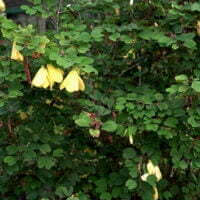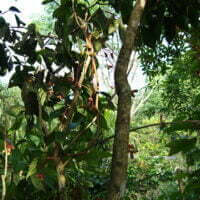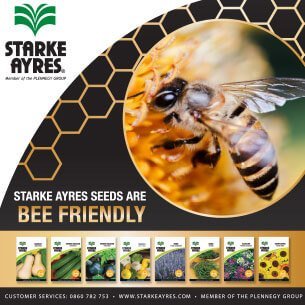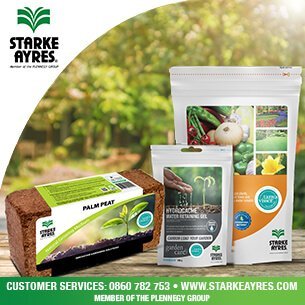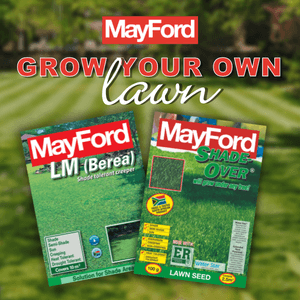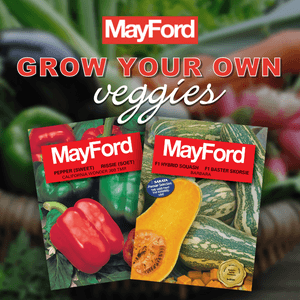| Botanical name | Ficus carica |
|---|---|
| Plant Care |  Deciduous Deciduous – Sheds Its Leaves Annually  Full Sun Full Sun – Prefers 6 or more hours of sun per day.  Semi Frost Hardy Semi Frost Hardy – Is Able to Survive Moderately Low Temperatures.  Moderate Watering Moderate Watering – Requires Regular Watering.  Pruning Required Pruning Required – Needs to be Pruned.  Non Indigenous Non Indigenous – Exotic to South Africa. |
| Size | |
| Categories | |
| Flowers | August September October This tree bears greenish flowers from Spring inside hollow receptacles. |
| Common name(s) | Figs |
| Origin | |
| Foliage | This tree bears 3 to 5 lobed foliage with toothed edges. |
| Uses in landscape design | Small gardens |
| Maintenance | Water fig trees well when the fruits begin to swell and apply a thick mulch to the base of the tree. Trees are self-fertile. |
| Fruit | January February October November December |
| Uses | Uses:: Cullinary: yes Medicinal: Cultural: Commercial: Cosmetics: Other Uses: Part Used: Attracts: Features: |
| Common pests and diseases | Stem borer lays its eggs in the bark up to 600mm high on the main stem. Wrap mosquito gauze around stems from soil level up to this height to prevent attack by this insect. |
| Recommended varieties | Adam’, a dark purple- brown fruit with red flesh, ripens in January, so ideal for winter-rainfall regions as the fruit splits in rainy weather; ‘Black Velvet’, black fruit with white flesh, ripens in December; ‘Cape Brown’, small, brown fig with pink flesh, ripens in January; ‘White Genoa’, yellow-green, pink-fleshed fruit, ripens in February. |
| Harvest | Fruit is ripe when slightly soft. Figs do not ripen after they have been picked. |
Ficus carica (Figs)
- Botanical name: Ficus carica
- Common name(s): Figs
- Categories: Fruits and Vegetables, Trees
Plant description:
Fig trees are quite adaptable, and can be grown in smallish gardens if their roots are contained. Figs bear two crops during the summer months; the fruit is very good when eaten fresh and als makes delicious jam and preserves.
Family: Moraceae
Botanical Pronunciation: FYE-kus KAIR-ih-kuh
Ficus carica requirements and features
info on these icons
Moderate Maintenance
Requires moderate maintenance.
Prohibited Use Notice: No Data Scraping Allowed Except for Search Engine Indexing:
The content provided on PlantInfo.co.za is intended for personal, non-commercial use only. Unauthorized extraction, reproduction, or use of the data, including scraping, for any purpose other than search engine indexing is strictly prohibited. Violations of these terms may result in legal action. By accessing and using this website, you agree to comply with these conditions and acknowledge the legal restrictions on the use of our content.
August September October
This tree bears greenish flowers from Spring inside hollow receptacles.
This tree bears 3 to 5 lobed foliage with toothed edges.







